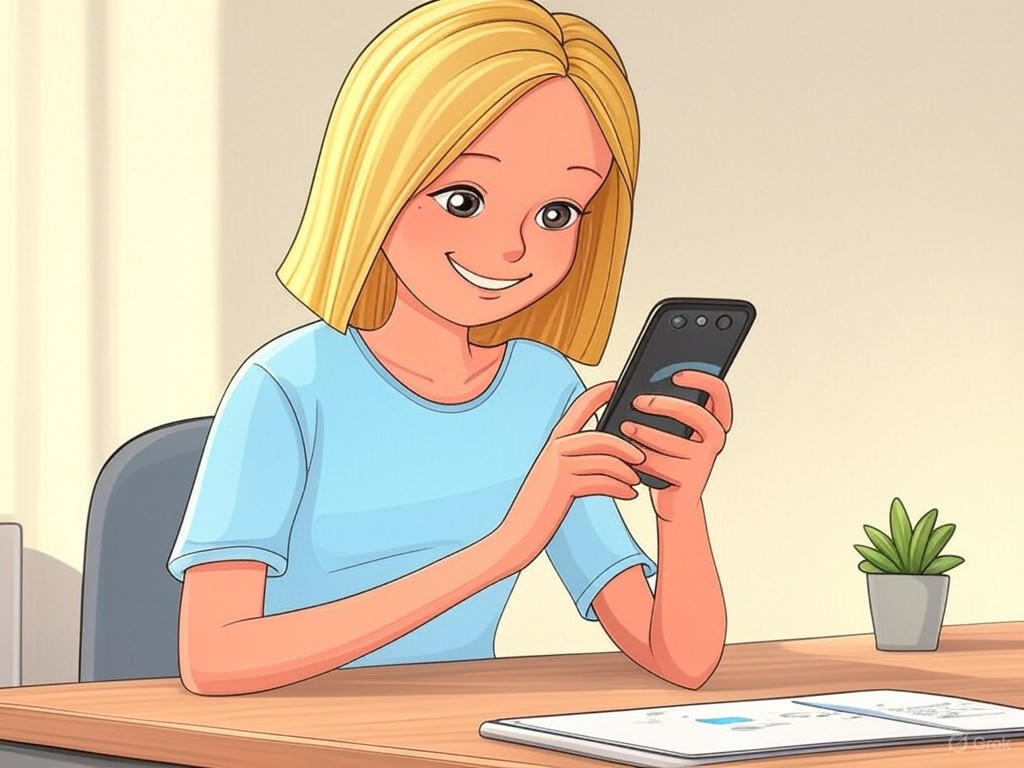 Welcome to Digital Media
Welcome to Digital Media
In this lesson, you’ll learn what digital media is, why it matters in your everyday life, and get an overview of what’s ahead in the course. This will help you become more confident and safe when using the internet and digital tools.
Imagine scrolling through your favourite social media app, watching videos online, or sharing photos with friends. All of that is part of digital media, and understanding it can help you stay safe and smart online. You'll discover how digital media connects us, lets us create fun things, and even shapes the way we learn and play.
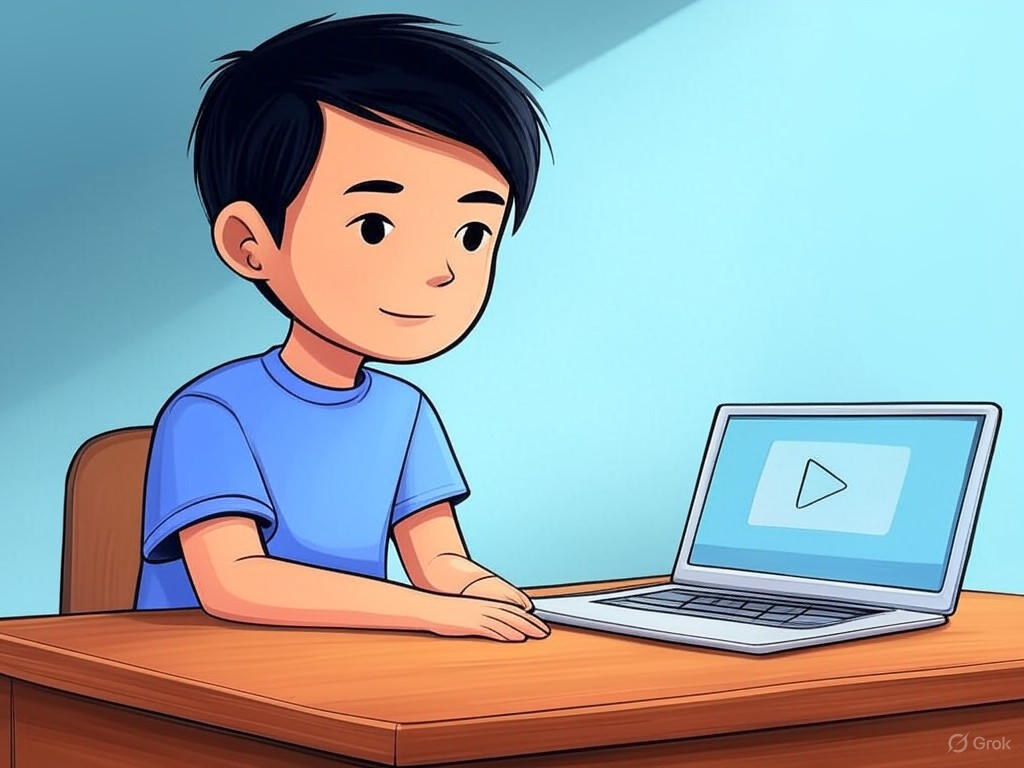 Digital media is all the fun stuff and information you create, share, or see on computers, phones, tablets, or the internet. 'Digital' means it's made of tiny electronic bits, like the little dots called pixels that light up your screen. It includes exciting things like videos, photos, music, websites, social media posts, and games!
Digital media is all the fun stuff and information you create, share, or see on computers, phones, tablets, or the internet. 'Digital' means it's made of tiny electronic bits, like the little dots called pixels that light up your screen. It includes exciting things like videos, photos, music, websites, social media posts, and games!
Here are some examples from everyday life:
It's different from old-style things like printed books or paper photos. Digital media is easy to copy, share with friends all over the world in a flash, and even edit. For example, you can take a photo on your phone, add funny filters, and send it to a friend straight away – much quicker than with a paper picture! You see it everywhere, like doing homework on a tablet or video chatting with family far away.
Digital media has changed our world. Long ago, people wrote letters or borrowed books from libraries. Now, we send messages super fast or search for info in seconds. It helps us make friends, learn cool things, and have tons of fun. But because it's so easy to share, we need to think about what we post and who can see it.
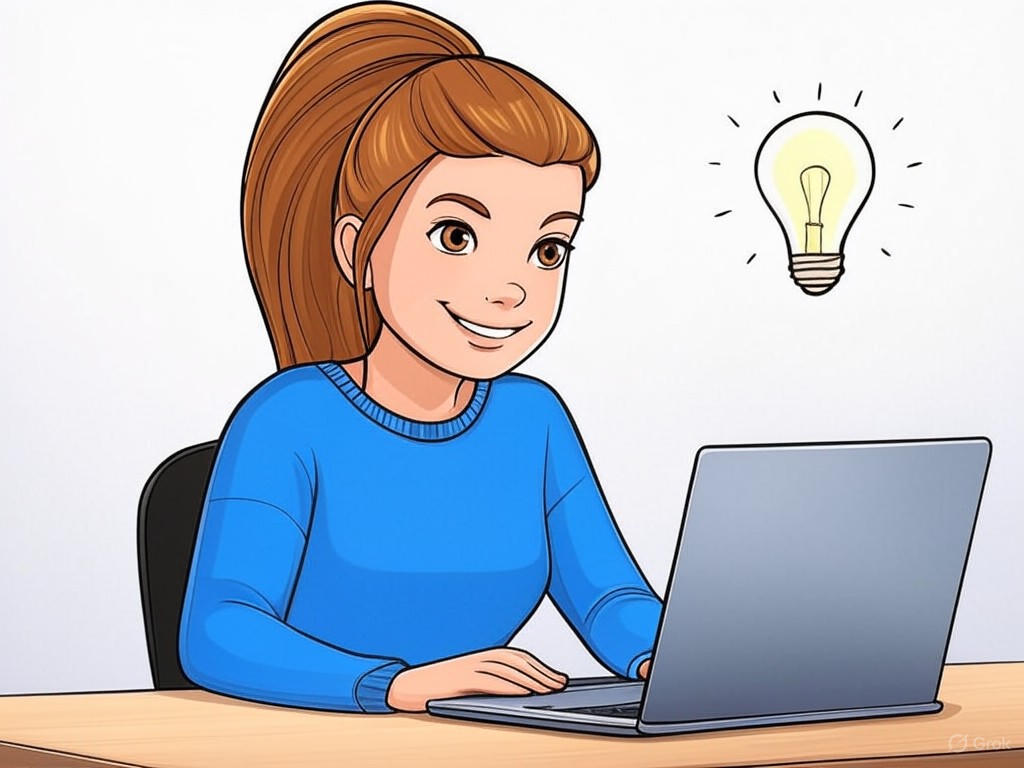 Digital media literacy means having the skills to understand, use, and create digital media safely and effectively. It's like being able to read and write, but for the online world.
Digital media literacy means having the skills to understand, use, and create digital media safely and effectively. It's like being able to read and write, but for the online world.
Why is it important? As your time online increases—and with the rise of AI and digital technology—it’s more important than ever to understand how to use the internet safely, wisely, and responsibly. Understanding how digital media literacy works is crucial because it gives you the tools to make smart choices on your own, avoid dangers like fake news or online scams, and enjoy the positive sides of digital media without worries. Digital media literacy helps you:
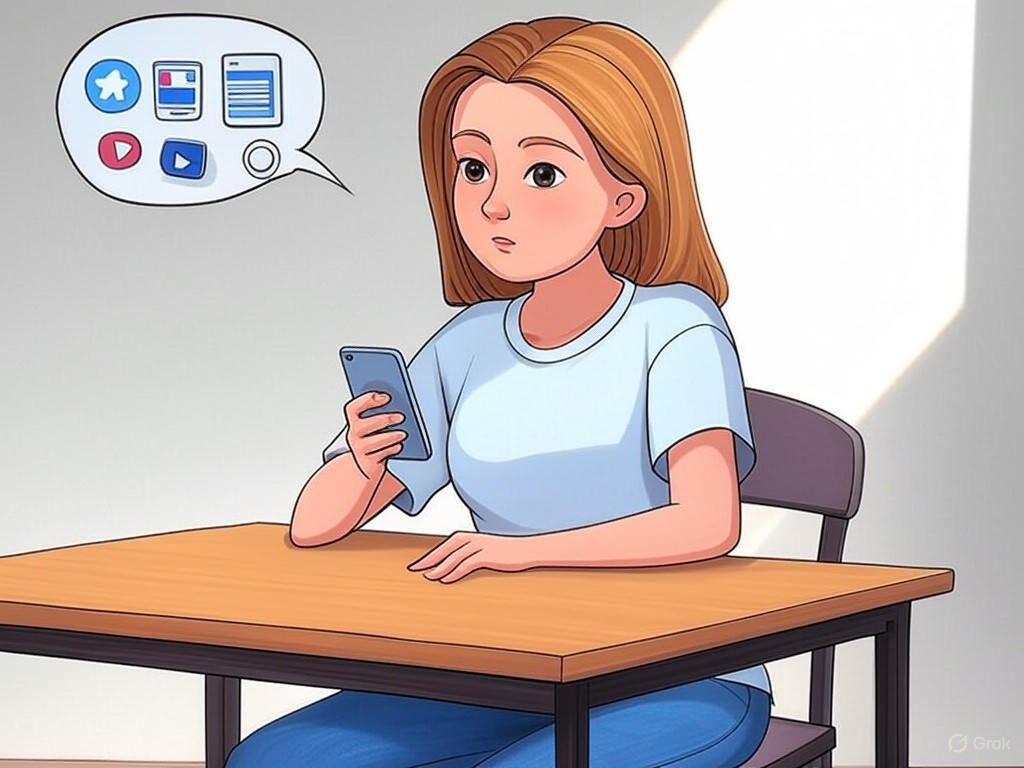 You've just learnt about what digital media is and why it's part of our world. Things like videos, games, and social media are common in our lives.
You've just learnt about what digital media is and why it's part of our world. Things like videos, games, and social media are common in our lives.
From chatting with friends online to watching clips, digital media is involved in many activities. To understand it better, we need to think about it in our own way. That's why we're going to do an activity now.
This activity will help you consider the digital media you use every day and why knowing about digital media literacy (remember, that's being smart and safe online) is important. It will help you become more confident in the online world, ready to spot issues, stay safe, and use it well.
Think about your daily routine – what digital media examples can you find? This activity is straightforward and quick, and it will help you see how much you already know. It's a way to connect the facts you've read to your real life, like how you might use your phone or tablet at home or school.
Think about your daily routine – from waking up to going to bed. List three examples of digital media that you use or see. For each one, write a short sentence explaining why digital media literacy (tip: we defined what it is in a previous step) might be important for it. This could include staying safe, spotting false information, or creating content responsibly.
For example:
Do this in your notes or Digital Document. Take about 5-10 minutes to jot down your ideas.
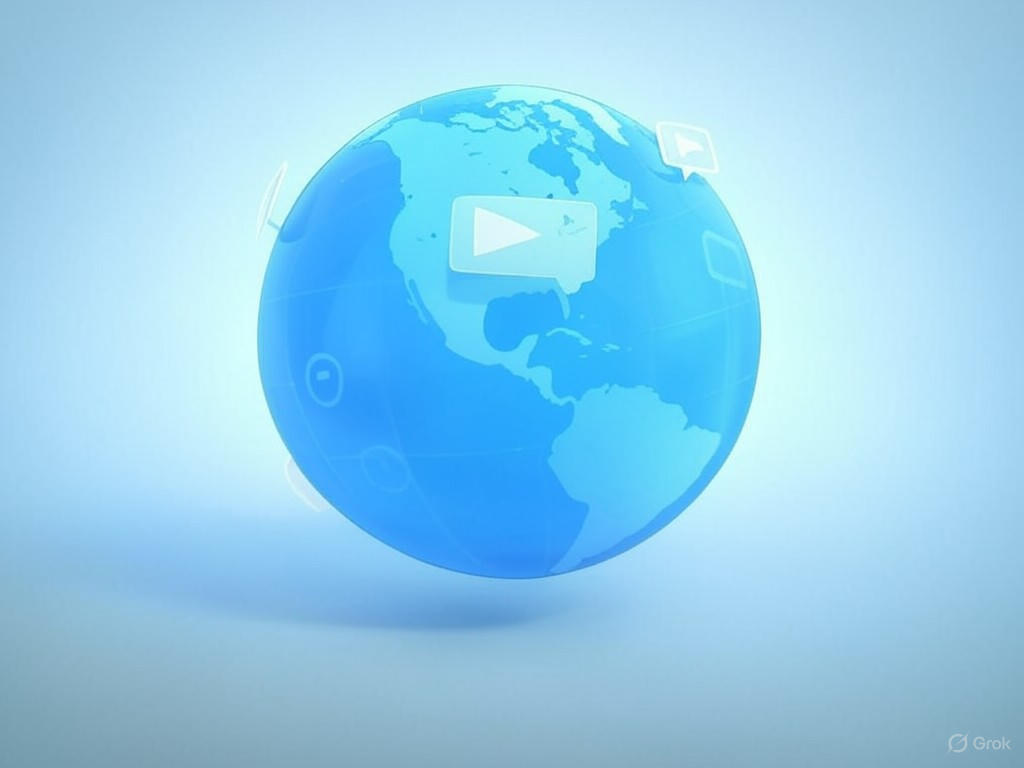 You now know what digital media is and why it’s important to understand it. But what does that really mean for you?
You now know what digital media is and why it’s important to understand it. But what does that really mean for you?
Digital media isn’t just something you use—it’s like a fun part of your everyday world! From the videos you watch to the chats you have with friends, it helps you learn cool stuff, make new pals, and show off your creative side.
It’s like a super tool for having fun, learning, and talking to others—but you need to use it cleverly and carefully.
Take a few minutes to think about your own digital world. Write down your answers to these questions: